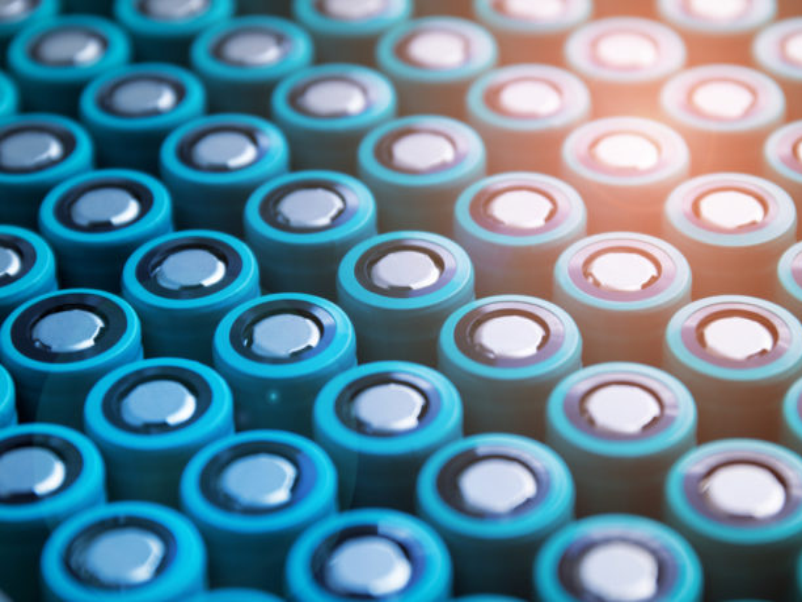
Lithium battery electrolyte formula finally updated, cheaper and more sustainable

TechNews
April 25, 2024
Author Daisy Chuang
The electrolyte in a lithium-ion battery greatly affects battery cycle performance, but the electrolyte currently used is based on a configuration system that is more than 30 years old, and it is time to update. The electrolyte recently developed by Chinese and American teams has an ultra-low lithium salt concentration, but it still has high performance and is easier to manufacture and recycle.
Lithium-ion batteries are the core of power supply for smartphones, tablets, electric vehicles and battery energy storage systems. The main components of most lithium-ion batteries are lithium cobalt oxide (LCO) cathode, graphite anode and liquid electrolyte. The electrolyte moves between the anode and cathode. Using ions and lithium salts as electrolytes can increase battery power, but it also increases battery costs.
The configuration of commercial electrolytes is still based on the old configuration more than 30 years ago, 1.0 to 1.2 mol/L lithium hexafluorophosphate (LiPF6 lithium salt) carboxylic acid ester. In order to improve battery performance, scientists have also developed high-concentration electrolytes (> 3 mol/L). However, this electrolyte has high viscosity, poor wettability, poor conductivity, and lithium salts are also very expensive; if you want to create a low-power High concentration electrolyte (< 0.3 mol/L) will also lead to an increase in the proportion of organic matter and instability of the interface layer.
In this regard, teams from China's Ningbo University and the University of Puerto Rico at Stony River decided to use common additives LiDFOB (lithium difluoroborate) and EC-DMC (ethylene carbonate-dimethyl carbonate). The former is cheaper than lithium salt, and the latter is even more Commercial carbonate solvents.
This electrolyte has a potentially record-breaking low lithium salt content of only 0.16 mol/L, but has a high enough ionic conductivity (4.6 mS/cm) to run a battery and can also form an inorganic strong interface on lithium cobalt oxide and graphite electrodes layer, with excellent cyclic stability.
Lithium salts currently used tend to decompose when exposed to moisture and release toxic and corrosive hydrogen fluoride gas. In contrast, LiDFOB is stable to water and air and does not require strict drying indoor production. This is an additional feature. Cost-saving advantages can also significantly reduce recycling problems and improve sustainability.
Related links: https://technews.tw/2024/04/25/a-cheaper-and-more-sustainable-lithium-battery/
【Disclaimer】
The content of this article only represents the author's personal views and has nothing to do with Kuiding.
The content, textual description and originality have not been confirmed by this website. This website does not make any guarantee or commitment for this article and all or part of its content, authenticity, completeness and timeliness. It is for readers' reference only. Please verify the relevant content by yourself.
Creating Nano Technologies, Inc.
59 Alley 21 Lane 279, Chung Cheng Road, Yung Kang City, Tainan, TAIWAN
TEL:886-6-2323927 FAX:886-6-2013306 URL: http://www.creating-nanotech.com
